-
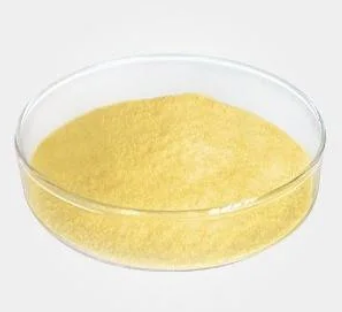
Oxyclozanide CAS:2277-92-1 Manufacturer Price
Oxyclozanide feed grade is a veterinary medication used in livestock animals to control and treat certain types of internal parasites. It is primarily effective against liver flukes and gastrointestinal roundworms.
The medication is usually administered orally by incorporating it into animal feed at the appropriate dosage, as determined by the animal’s weight and the specific parasites being targeted. It is essential to follow the instructions provided by the manufacturer or seek guidance from a veterinarian to ensure correct dosage and administration.
When animals consume feed containing oxyclozanide, the medication is absorbed into their digestive system. It then reaches the liver and gastrointestinal tract, where it exerts its anthelmintic effect. Oxyclozanide works by affecting the metabolism and energy production of parasites, leading to their death and subsequent elimination from the animal’s body through feces.
-
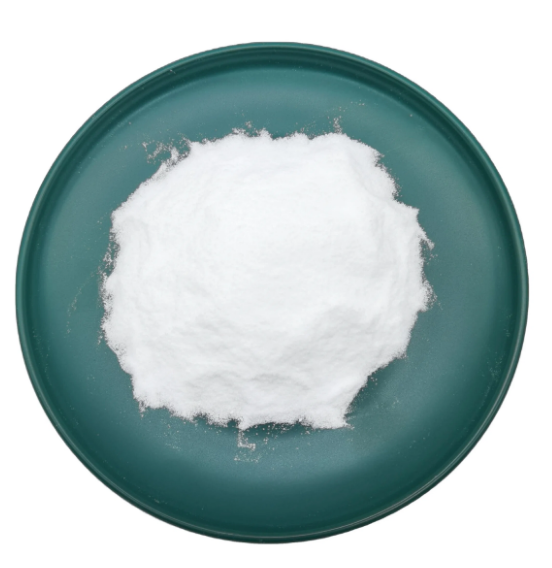
Vitamin H CAS:58-85-5 Manufacturer Price
Metabolic functions: Vitamin H plays a crucial role in the metabolism of carbohydrates, fats, and protein. It acts as a cofactor for several enzymes involved in these metabolic processes. By supporting efficient energy production and nutrient utilization, vitamin H helps animals maintain optimal growth, development, and overall health.
Skin, hair, and hoof health: Vitamin H is well-known for its positive effects on the skin, hair, and hooves of animals. It promotes the synthesis of keratin, a protein that contributes to the strength and integrity of these structures. Vitamin H supplementation can improve coat condition, reduce skin disorders, prevent hoof abnormalities, and enhance overall appearance in livestock and companion animals.
Reproduction and fertility support: Vitamin H is essential for reproductive health in animals. It influences hormone production, follicle development, and embryonic growth. Adequate vitamin H levels can improve fertility rates, reduce the risk of reproductive disorders, and support the healthy development of offspring.
Digestive health: Vitamin H is involved in maintaining a healthy digestive system. It aids in the production of digestive enzymes that break down food and promote nutrient absorption. By supporting proper digestion, vitamin H contributes to optimal gut health and reduces the risk of digestive issues in animals.
Strengthening immune function: Vitamin H plays a role in supporting immune function and enhancing animal resistance to diseases. It helps in the production of antibodies and supports the activation of immune cells, aiding in a strong defense against pathogens.
-
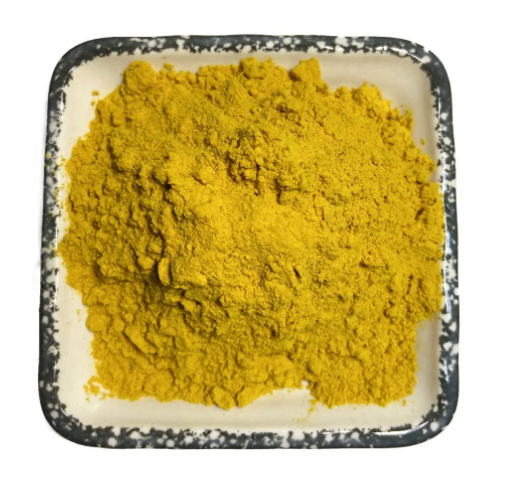
Sulfachloropyridazine CAS:80-32-0 CAS:2058-46-0
Sulfachloropyridazine feed grade is an antibacterial medication commonly used in animal feed to prevent and treat various bacterial infections. It belongs to the sulfonamide group of antibiotics and is effective against a wide range of Gram-positive and Gram-negative bacteria. Sulfachloropyridazine feed grade is used in the livestock industry to promote animal health and improve feed efficiency. It works by inhibiting the growth of bacteria, thus reducing the risk of infection and improving overall animal welfare.
-

Isovanillin CAS:621-59-0 Manufacturer Price
Isovanillin feed grade is a synthetic compound used as a flavoring agent in animal feed. It is derived from vanillin, which is primarily obtained from vanilla beans. Isovanillin imparts a sweet and vanilla-like aroma and taste to animal feed, making it more palatable for animals.
The main applications of isovanillin feed grade include:
Enhanced taste and feed intake: Isovanillin enhances the flavor of animal feed, making it more appealing to animals. This can help stimulate their appetite and increase feed intake, leading to better nutrition and overall health.
Masking unpleasant odors and tastes: Some ingredients used in animal feed may have strong or unpleasant odors and tastes. Isovanillin can help mask these undesirable attributes, making the feed more pleasant for animals to consume.
Encouraging feed conversion: By improving the taste and palatability of animal feed, isovanillin can help promote better feed conversion efficiency. This means that animals can convert the feed into energy and nutrients more effectively, leading to improved growth and performance.
-
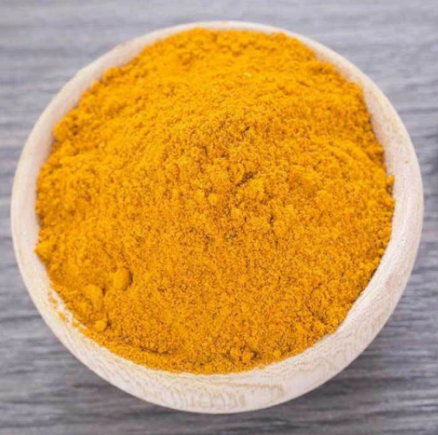
Lutein CAS:57-83-0 Manufacturer Price
Lutein feed grade is a natural additive derived from marigold flowers that is used in animal feed. It is a type of carotenoid pigment and is known for its important role in supporting eye health. Lutein is not synthesized by animals, so it must be obtained through their diet. It is commonly added to animal feed to enhance the color of egg yolks and poultry skin, as well as to support overall eye health in animals. Lutein feed grade provides animals with an essential nutrient that plays a crucial role in maintaining their visual function.
-
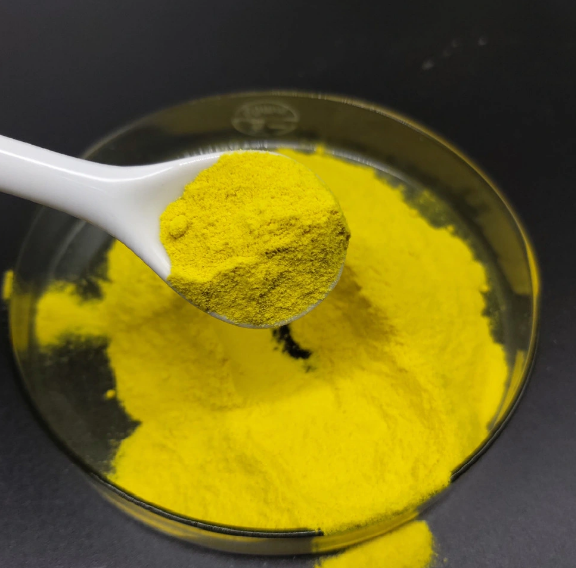
Oxytetracycline HCL/Base CAS:2058-46-0
Oxytetracycline hydrochloride feed grade is an antibiotic feed additive commonly used in livestock and poultry production. It belongs to the tetracycline group of antibiotics and is effective against a broad range of bacteria, including both Gram-positive and Gram-negative species.
When added to animal feed, oxytetracycline hydrochloride helps control and prevent bacterial infections in animals. It works by inhibiting bacterial protein synthesis, thereby slowing down or stopping the growth of susceptible bacteria.
Oxytetracycline hydrochloride can be used to treat respiratory and intestinal infections, as well as other bacterial diseases in animals. It is particularly effective against some common pathogens that cause respiratory diseases, such as Pasteurella, Mycoplasma, and Haemophilus.
-
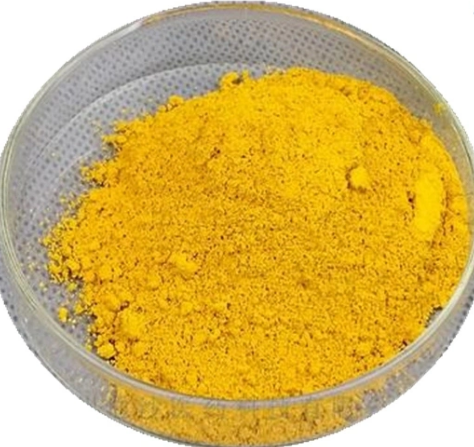
Vitamin K3 CAS:58-27-5 Manufacturer Price
Vitamin K3 feed grade, also known as menadione sodium bisulfite or MSB, is a synthetic form of vitamin K. It is commonly used as a supplement in animal feed to support blood coagulation, bone health, immune system function, and gut health. It helps animals maintain proper blood clotting, supports bone formation, acts as an antioxidant, enhances immune response, and potentially improves digestion and nutrient absorption. Vitamin K3 feed grade is added to animal feed formulations at the recommended dosage based on species, age, weight, and nutritional requirements. It contributes to the overall health and well-being of animals.
-
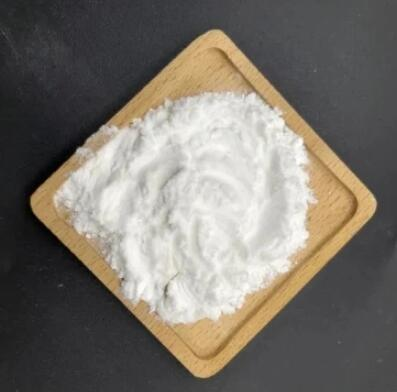
Thiabendazole CAS:148-79-8
Thiabendazole feed grade is a form of thiabendazole that is used in animal feed to prevent and treat fungal infections. It is a broad-spectrum antifungal agent that can effectively control various fungal organisms that may impact animal health. Thiabendazole feed grade is typically added to animal feed in specific concentrations to ensure its efficacy and safety for the animals consuming it. It helps to maintain the overall well-being and performance of livestock by preventing and treating fungal infections that can cause health issues.
-
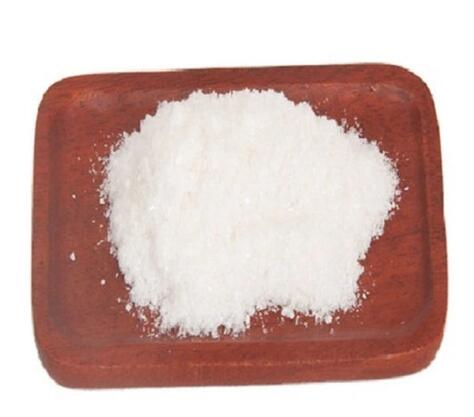
Amoxicillin CAS:26787-78-0 Manufacturer Price
Amoxicillin feed grade is an antibiotic commonly used in animal agriculture to prevent and treat bacterial infections in livestock and poultry. It belongs to the penicillin class of antibiotics and is effective against a wide range of bacteria.
When administered in animal feed, amoxicillin feed grade works by inhibiting the growth and replication of bacteria, helping to control and eliminate infections. It is particularly effective against Gram-positive bacteria, which are common causes of respiratory, gastrointestinal, and urinary tract infections in animals.
-
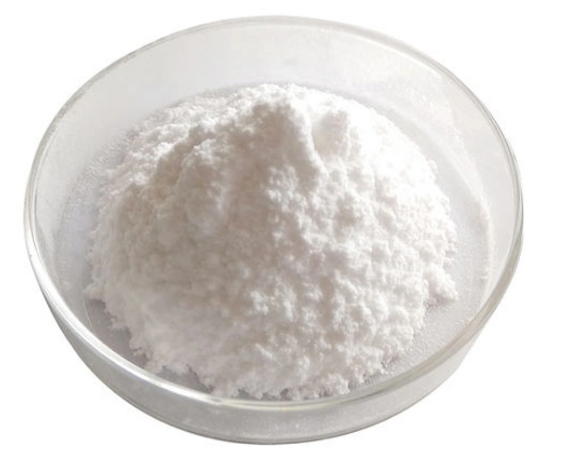
Avermectin CAS:71751-41-2 Manufacturer Price
Avermectin feed grade is a medication commonly used in animal agriculture to control and prevent parasites in livestock. It is effective against a wide range of internal and external parasites, such as worms, mites, lice, and flies. Avermectin feed grade is administered through animal feed or supplements and helps improve animal health and productivity.
-
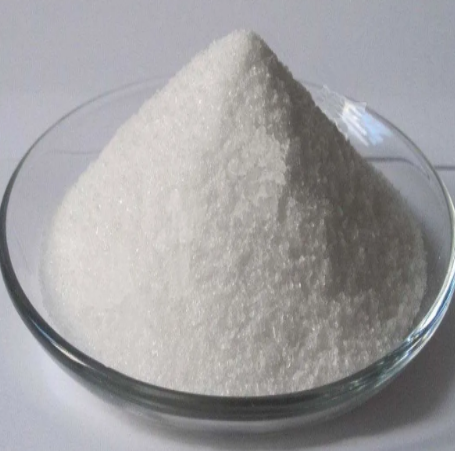
Azamethiphos CAS:35575-96-3 Manufacturer Price
Azamethiphos feed grade is an insecticide commonly used in animal agriculture to control and eliminate various pests. It is effective against a range of insects, including flies, beetles, and cockroaches.
Azamethiphos is typically applied by mixing it into animal feed or supplements. The dosage is determined based on the weight and type of animal being treated. The insecticide works by targeting the nervous system of the pests, leading to their paralysis and eventual death.
The use of Azamethiphos in animal agriculture helps prevent infestations and maintain the health and well-being of the animals. By controlling pest populations, it ensures a clean and hygienic environment for the animals, reducing the risk of disease transmission and improving overall productivity.
-
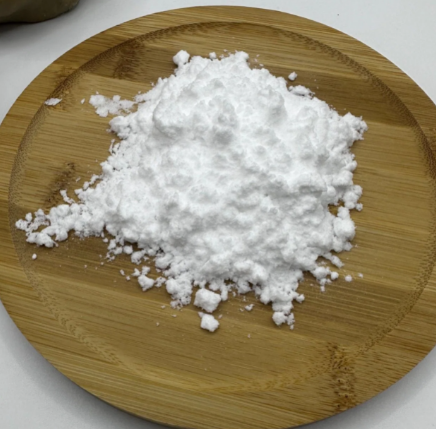
Vitamin B5 CAS:137-08-6 Manufacturer Price
Vitamin B5 feed grade, also known as pantothenic acid, is a vital nutrient used in animal feed to support growth, metabolism, and overall health. It plays a critical role in energy production, hormone synthesis, and nervous system function. Adding Vitamin B5 to animal diets helps optimize nutrient utilization, reduce stress, improve skin and coat health, and enhance reproductive performance. It is essential to meet animals’ Vitamin B5 requirements to prevent deficiencies and promote optimal well-being in livestock and poultry.

